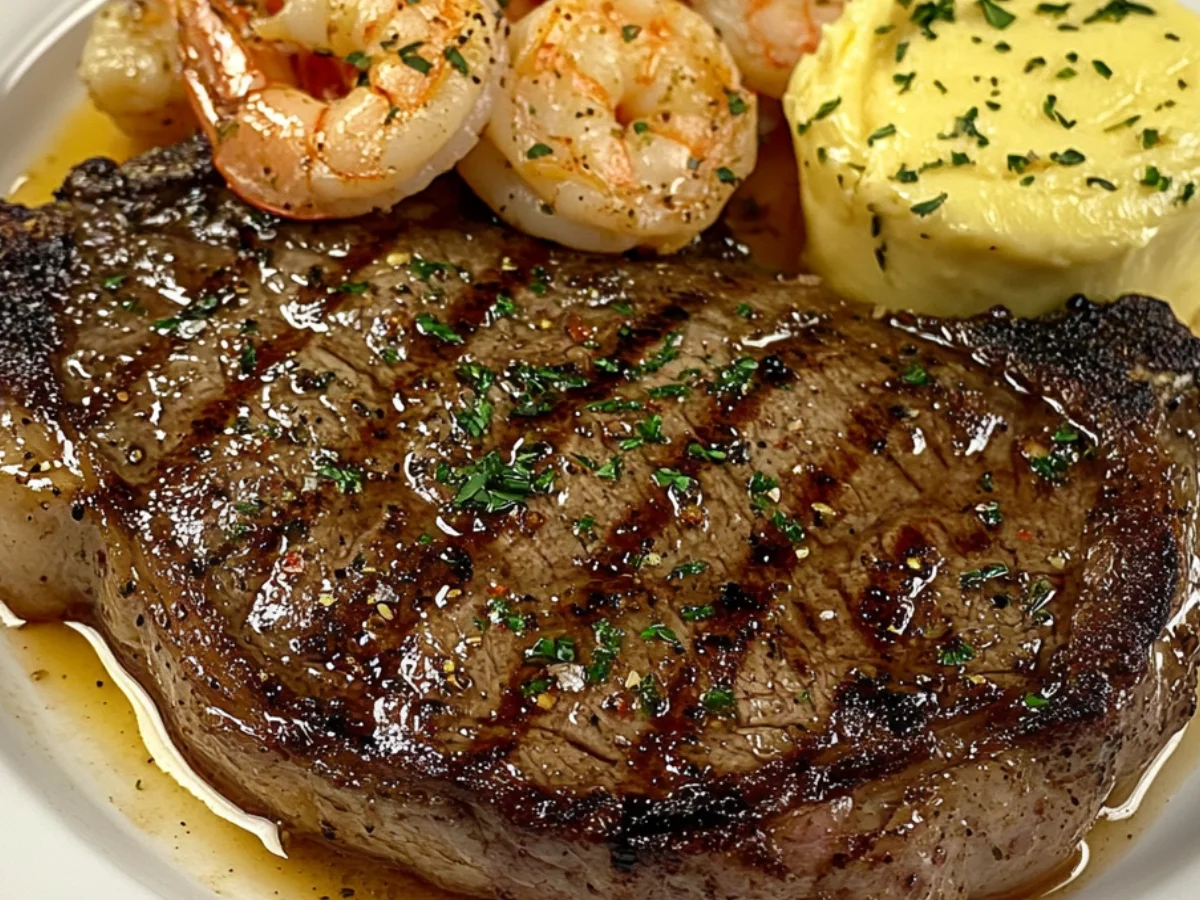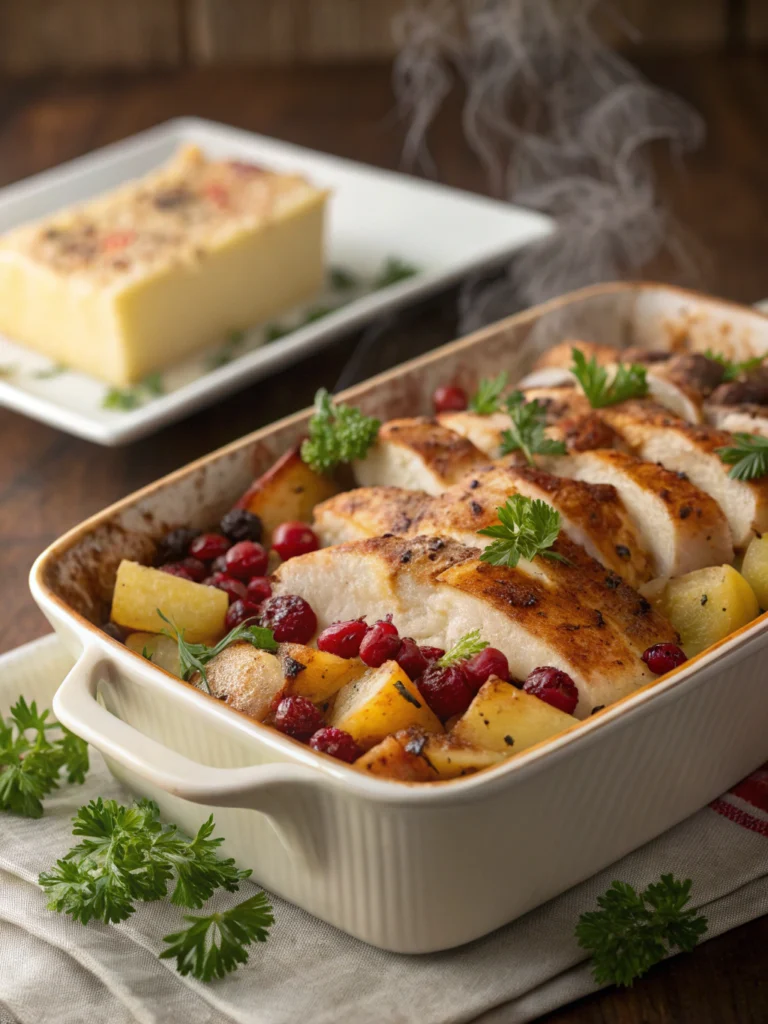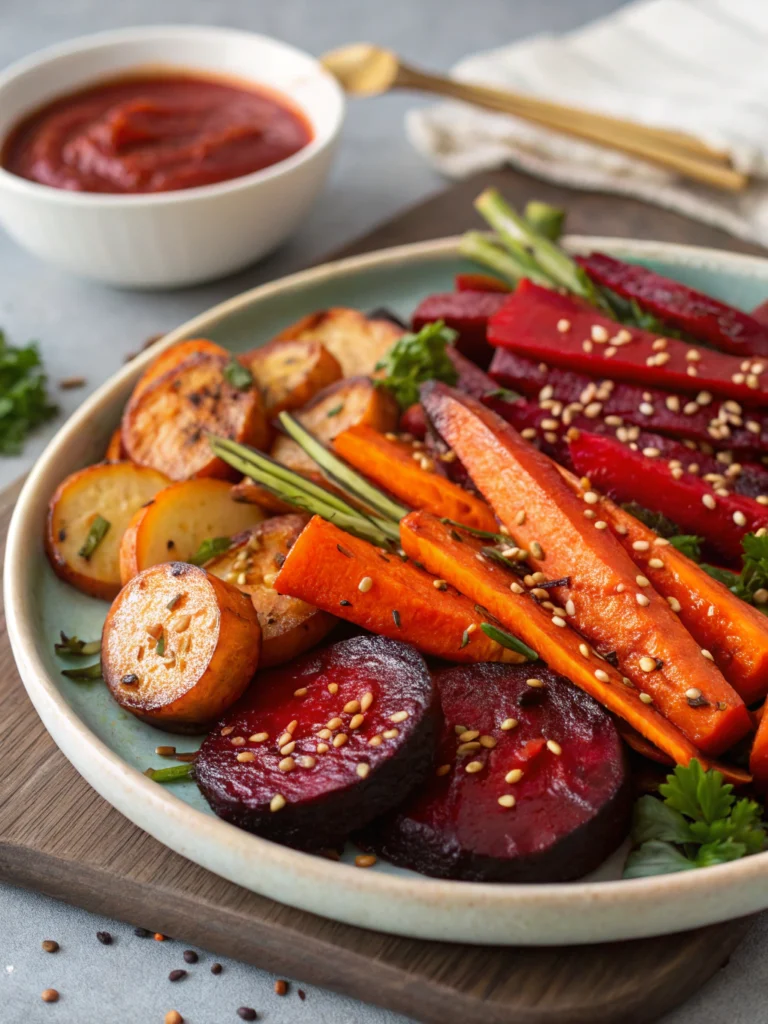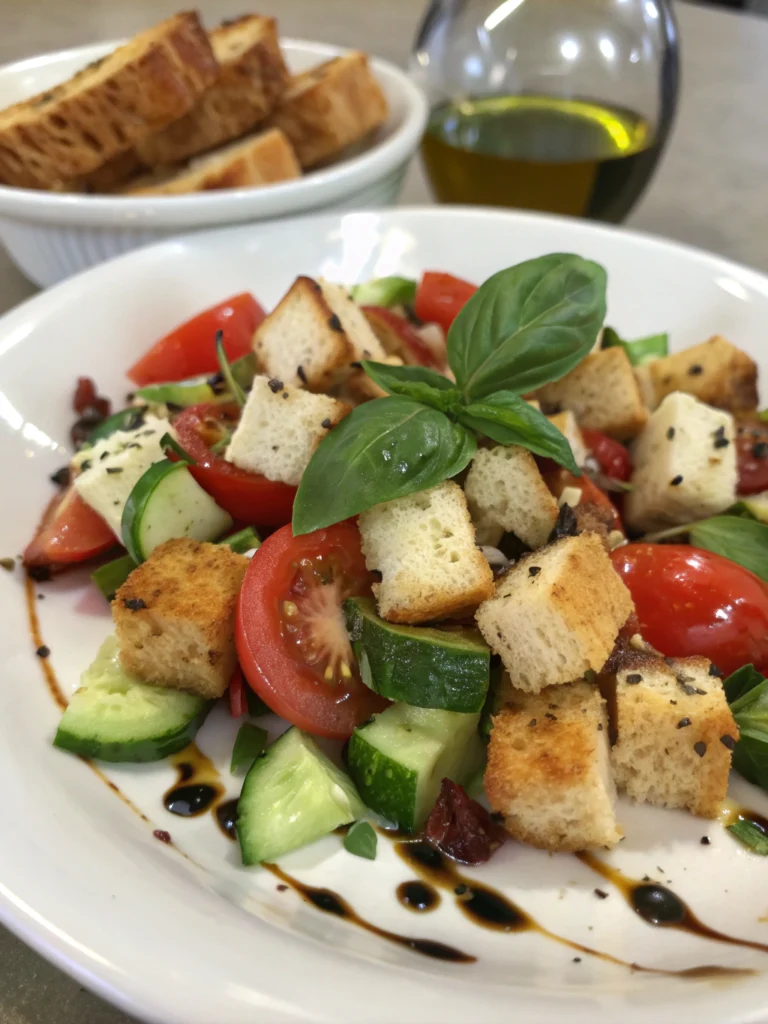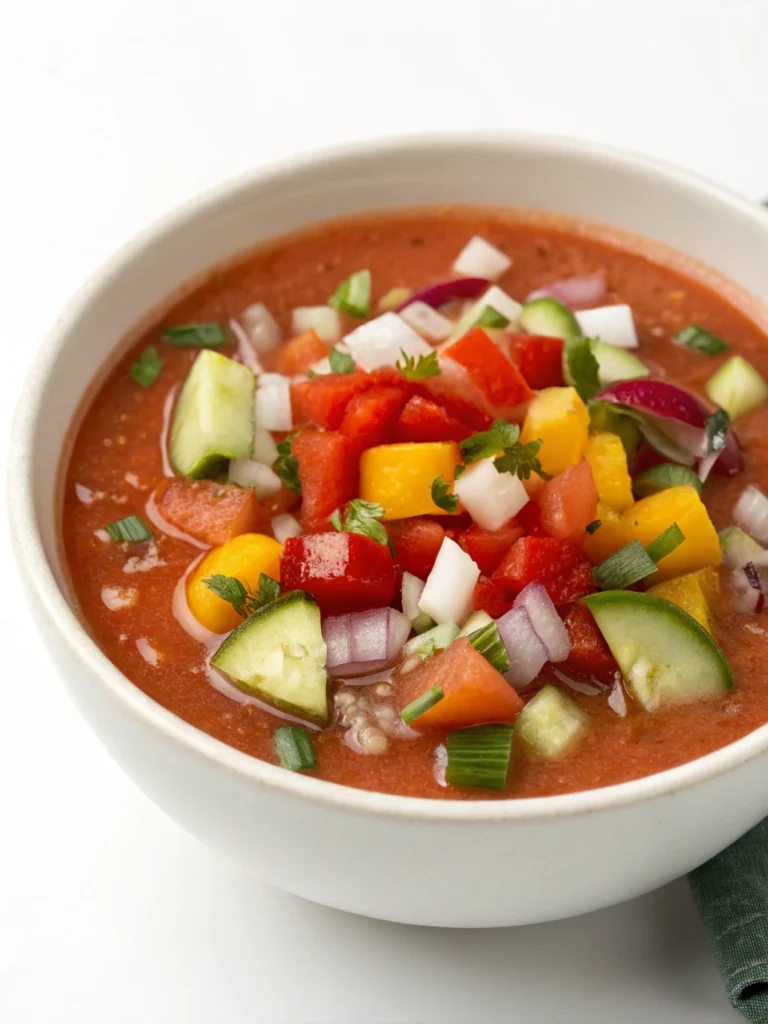There’s something undeniably special about a perfectly cooked prime rib that’s sure to make any dinner feel like a celebration. With its tender, juicy texture and rich, beefy flavor, it’s a cut of meat that’s hard to resist.
I still recall the first time I made this garlic butter enhanced rib roast; the aroma that filled my kitchen was incredible, and the flavors were complex and deep. The combination of garlic and herbs infused into a rich butter sauce elevated the dish to a whole new level.
This recipe is designed to guide you through creating a mouthwatering prime rib roast that’s sure to impress. With a few simple ingredients and some straightforward steps, you’ll be on your way to a truly unforgettable dining experience.
Key Takeaways
- Learn how to make a mouthwatering Garlic Butter Prime Ribeye with a simple recipe.
- Discover the secret to a rich garlic herb butter that elevates the dish.
- Understand why prime rib is a great choice for special occasions.
- Get a foolproof method for achieving steakhouse-worthy results at home.
- Explore the combination of flavors that make this recipe so special.
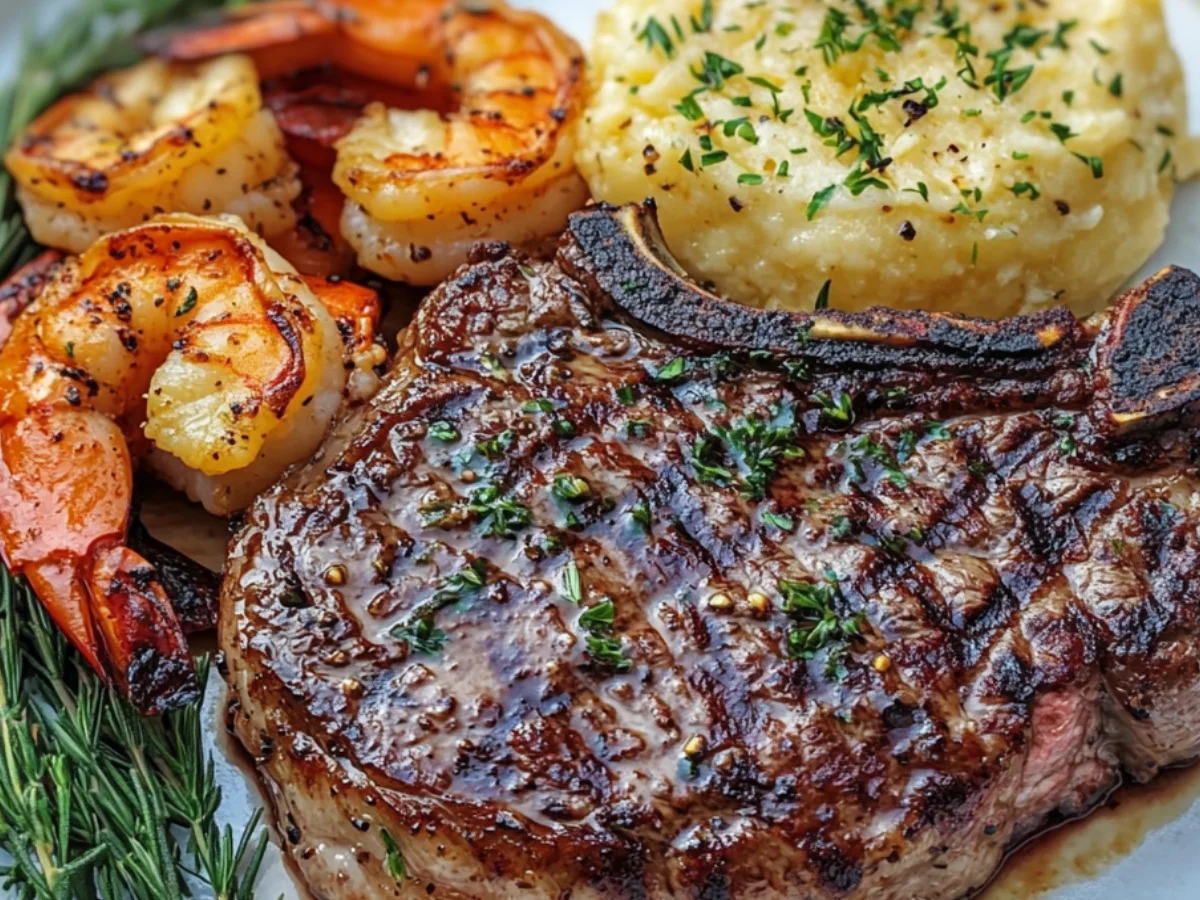
The Perfect Prime Ribeye: What Makes It Special
A perfectly cooked prime ribeye is a culinary delight that owes its excellence to the right cut and grade of beef. The prime rib, known for its rich flavor and tender texture, is a favorite among steak enthusiasts.
Understanding Prime Rib Cuts
The prime rib cut is taken from the rib section, which spans from the 6th to the 12th ribs. This area is known for its optimal marbling, which contributes to the tenderness and flavor of the prime rib. The ribeye section, in particular, offers a perfect balance of tenderness and flavor due to its marbling. When selecting a rib roast, it’s essential to consider the anatomical differences between various cuts.
Prime vs. Choice: Selecting Quality Meat
The USDA grading system is crucial in determining the quality of beef. Prime and Choice are the most common grades, with Prime being higher quality due to its abundant marbling, which enhances the flavor and juiciness of the meat. While Prime is more expensive, both grades perform exceptionally well in this dish. When choosing between Prime and Choice, consider your budget and the occasion. A fat cap of about 1/2 inch is ideal for a rib roast, as it contributes to the formation of a delicious crust.
Essential Ingredients for Garlic Butter Prime Ribeye
The key to a perfect Garlic Butter Prime Ribeye lies in selecting the finest ingredients. This dish is a symphony of flavors, with each component playing a crucial role in its overall taste and aroma.
The Meat: Bone-in vs. Boneless Options
When it comes to prime rib, you have the option of choosing between bone-in and boneless cuts. Bone-in prime rib is known for its rich flavor and tender texture, as the bone acts as an insulator, helping to cook the meat evenly. On the other hand, boneless prime rib is easier to carve and can be just as tender if cooked correctly.
Garlic Herb Butter Components
The garlic herb butter is a crucial element that elevates the prime rib to new heights. To make it, you’ll need 12 tablespoons of unsalted butter, softened to room temperature, mixed with 10 large cloves of garlic, minced, and 1 shallot, also minced. Add to this 1 1/2 tablespoons of dried thyme and 1 1/2 tablespoons of fresh rosemary for a fragrant and savory flavor profile.
Additional Seasonings and Aromatics
To further enhance the flavor, you’ll need 1 1/2 teaspoons of kosher salt and 1 1/2 tablespoons of ground pepper. A squeeze of 1 1/2 teaspoons of lemon juice adds a bright, citrusy note that complements the richness of the prime rib. These ingredients work together to create a complex and aromatic flavor profile that will leave your guests impressed.
Preparing Your Garlic Butter Prime Ribeye
The journey to a mouthwatering garlic butter prime ribeye begins with proper preparation. This involves several key steps that ensure your prime rib is cooked to perfection.
Bringing the Meat to Room Temperature
It’s crucial to remove the prime rib from the fridge 2 to 3 hours before cooking to allow it to come to room temperature. This step is essential for even cooking, preventing the meat from being overcooked on the ends and undercooked in the middle.
Creating the Perfect Garlic Herb Butter
To make the garlic herb butter, preheat your oven to 450°F (230°C). In a small bowl, mix together butter, minced garlic, salt, thyme, rosemary, and black pepper. This compound butter will not only season the prime rib but also create a flavorful crust during roasting.
Seasoning and Tying the Roast
After the prime rib has reached room temperature, pat it dry with paper towels. Then, rub the entire outside with the garlic herb butter mixture, ensuring it’s evenly coated. If necessary, tie the roast with kitchen string in 4 to 5 places to maintain an even shape, promoting consistent cooking.
Cooking Techniques for a Mouthwatering Prime Ribeye
Achieving a mouthwatering prime ribeye requires mastering the right cooking techniques. The key to a perfect prime rib lies in understanding the nuances of cooking temperature and time. To get perfect prime rib every time, I recommend a two-stage cooking process.
The Two-Temperature Method
Cook the roast in two stages: start at 500°F to brown the outside, then lower the oven temperature to 325°F to finish. This method coaxes out the beefy aroma and rich flavors, giving you a caramelized crust on the outside while keeping the inside tender and pink.
Cooking Times and Temperature Guide
To achieve the perfect doneness, it’s crucial to understand cooking times and internal temperatures. For rare prime rib, cook for 10 to 12 minutes per pound, and for medium-rare, cook for 13 to 15 minutes per pound. An 8-pound prime rib roast cooked to rare will take about 112 to 120 minutes to cook.
Using a Meat Thermometer for Perfect Doneness
Don’t trust time alone; trust the temperature. Use a good meat thermometer to check the internal temperature. For rare, the internal temperature should be around 115°F before resting, as it will rise by 5 to 10 degrees during the 20-minute resting period. Proper thermometer placement is crucial for accurate readings.
Resting and Carving Your Prime Ribeye
The final stages of preparing your garlic butter prime ribeye involve resting and carving, which are just as important as cooking it correctly. Resting the roast after cooking performs double duty: it makes the meat easier to carve and minimizes the moisture lost when carving.
The Importance of Resting
Resting your prime ribeye is crucial because it allows the juices to redistribute throughout the meat rather than flowing out when cut. To rest your prime rib, remove it from the oven and place it on a cutting board. Loosely cover it with aluminum foil and let it rest for 15 to 20 minutes before carving. The residual heat within the prime rib will cause it to cook an additional 5°F to 10°F. Therefore, if you remove the roast at 115°F, the internal temperature of the roast will rise to 120°F to 125°F.
Proper Carving Techniques
Once the roast has rested, it’s time to carve. First, cut and remove the strings from the roast. Then, slice the roast against the grain into 3/4-inch thick slices. This thickness is ideal for maintaining the meat’s texture and juiciness. Here are some key steps to follow:
- Slice against the grain to ensure tenderness.
- Maintain a consistent thickness to ensure even cooking.
- Use a sharp knife to make clean cuts.
By following these steps, you’ll be able to serve a beautifully carved prime ribeye that retains its flavorful juices. The juices released during resting and carving can be utilized to enhance your serving sauce or au jus, adding an extra layer of flavor to your dish.
Delicious Accompaniments and Serving Suggestions
To make your prime rib dinner truly unforgettable, consider these delicious accompaniments and presentation ideas. A well-cooked prime rib is the centerpiece, but the right sides and sauces can elevate the entire dining experience.
Making a Red Wine Au Jus
Creating a rich red wine au jus is a great way to enhance the flavors of your prime rib. Start by leaving about 1/2 cup of fat in the roasting pan along with the brown bits. If there’s more than 3/4 cup of fat, scoop some out, cool, and discard it. Place the pan on the stovetop over medium heat, sprinkle a tablespoon of flour over the fat, and whisk for a minute or two. Scrape up the brown bits from the bottom of the pan and incorporate them into the mixture. Then, increase the heat to medium-high and whisk in beef stock. Adjust the seasoning with salt and pepper to taste.
Side Dish Recommendations
For a well-rounded meal, consider serving your prime rib with a variety of sides. Some excellent options include Garlic Herb Roasted Potatoes, Green Beans with Shallots, Mashed Potatoes, Roasted Brussels Sprouts, and Thanksgiving Peas. These dishes offer a mix of starchy and vegetable options that complement the prime rib nicely.
Presentation Tips
Presentation is key to making your prime rib dinner visually appealing. Slice the prime rib against the grain and arrange it on a platter. Garnish with fresh herbs and serve with your chosen sides and au jus. This will not only make the dish look appetizing but also add to the overall dining experience.
Conclusion: Enjoying Your Garlic Butter Prime Ribeye
As you master the art of cooking a garlic butter prime ribeye, you’ll discover the joy of savoring this delectable dish. The key to a perfect prime ribeye lies in selecting quality meat, preparing it with a flavorful garlic herb butter, and cooking it to the right doneness.
To make the most of your prime rib, consider using leftovers in creative ways, such as making cheese steak sandwiches or roast beef tacos. This not only reduces waste but also provides you with delicious meals for days to come.
By following the steps outlined in this recipe, you’ll achieve a perfectly cooked garlic butter prime ribeye every time. Feel free to experiment with variations in the herb butter or cooking techniques to make the recipe your own. With this roast beef recipe, you’ll enjoy a mouthwatering steak that’s sure to impress.
FAQ
What is the ideal internal temperature for a medium-rare prime rib roast?
I recommend using a meat thermometer to achieve an internal temperature of 130-135 degrees Fahrenheit for a medium-rare rib roast.
How long should I let my rib roast rest before carving?
After cooking, I let my roast rest for 15-20 minutes to allow the juices to redistribute, making the meat more tender and flavorful.
What is the recommended cooking time per pound for a prime rib?
I suggest cooking my prime rib for 15 minutes per pound at 325 degrees Fahrenheit, or until it reaches the desired internal temperature.
Can I use a boneless rib roast instead of a bone-in rib roast?
Yes, I can use a boneless rib roast, but I keep in mind that it may cook slightly faster than a bone-in roast due to the absence of bones.
How do I achieve a flavorful crust on my prime rib?
To achieve a flavorful crust, I season my roast with salt, pepper, and herbs, and then sear it in a hot pan before finishing it in the oven.
What are some recommended herbs to pair with my garlic herb butter?
I like to pair my garlic herb butter with thyme and rosemary, as they complement the rich flavor of the beef.
Should I preheat my oven before cooking my prime rib?
Yes, I always preheat my oven to ensure that it reaches the desired temperature, which helps to achieve a consistent cooking result.
Can I cook my prime rib at a higher temperature to save time?
While it’s tempting to cook my prime rib at a higher temperature, I avoid doing so, as it can lead to an unevenly cooked roast and a less desirable crust.

